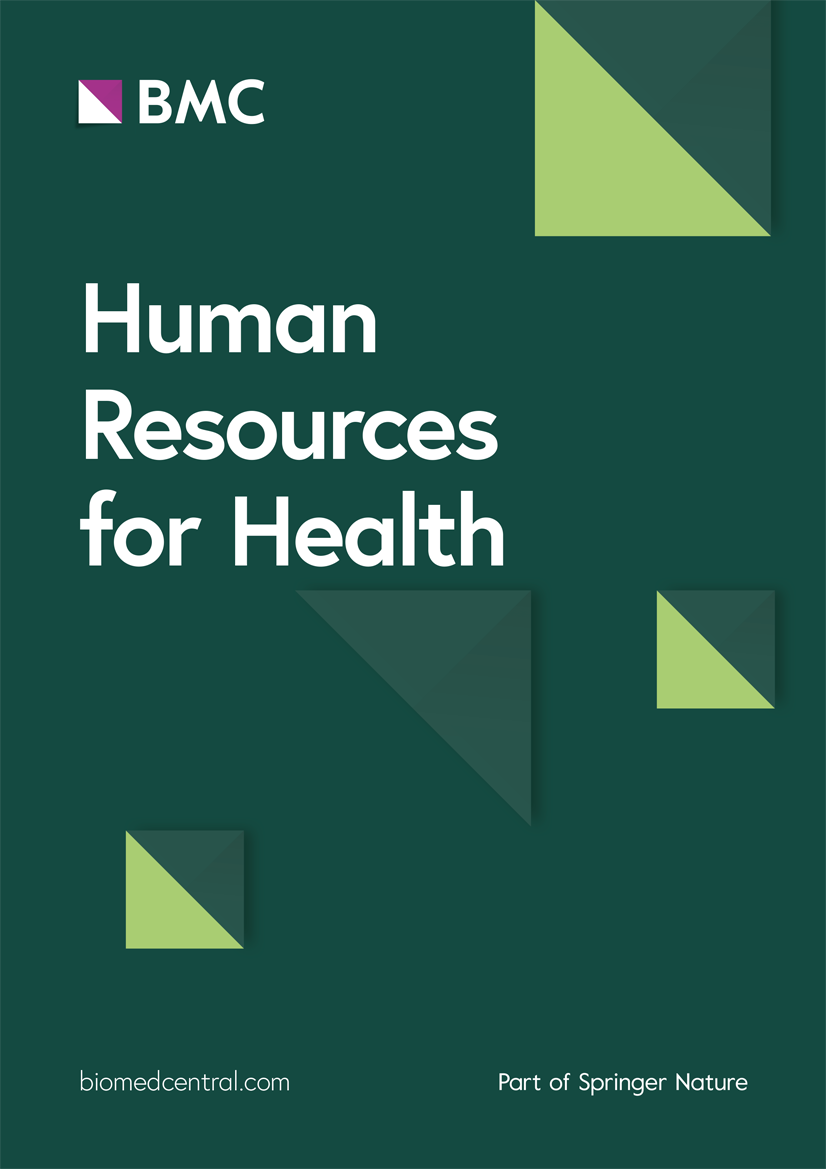Ethics and study setting
Following receival of ethics permission from the University College London Research Ethics Committee (ref. 13,311/003), this cross-sectional questionnaire-based study was conducted between October 2021 and January 2022. The questionnaire excerpt used by the current study formed part of a larger survey study [28] commissioned by the Royal Medical Benevolent Fund (RMBF), which supports medical students and doctors experiencing financial difficulty secondary to age, illness, injury, disability, or bereavement. The study sought to investigate who is experiencing financial hardship within the profession, and secondly evaluate to what extent the RMBF meets the needs of this cohort. Medical students and doctors training and working within the UK were invited to complete an online survey on the RedCap platform. To assist with survey uptake, the following organisations were approached: medical schools; deaneries; widening participation schemes and national professional organisations. In addition, social media was used to increase survey participation. Employing this multi-strategy approach meant an accurate response rate could not be calculated, but in total 442 participants completed the survey out of 597 that started the survey (74%). Participants signed an informed consent sheet prior to completing the questionnaire. All responses were anonymised.
Questionnaire design
The full questionnaire was devised using a range of open and closed questions and all questions were compiled by the authors of the original study incorporating feedback from the project advisory group, which included medical students, doctors, researchers, members from the RMBF and other supporting organisations. For the current study, subsets of the questionnaire were used for the analysis.
Data collection
Data were collected on demographic characteristics including gender, sexuality, relationship status, ethnicity, disability, caring responsibilities, primary medical qualification (PMQ), age and career stage.
Regarding experiences of financial problems, we asked if participants (i) ever worried about their financial situation; (ii) ever experienced financial difficulties (inability to meet financial obligations) (both scored yes/no/prefer not to say).
Next, intentions to seek financial help were measured by presenting participants with ten sources of support grouped as follows: personal (partner, family, friends; Cronbach’s alpha = 0.529); education and work (professional organisations, workplace, student loan; Cronbach’s alpha = 0.593); external (bank, charity, loan, government; Cronbach’s alpha = 0.469). Despite lower than desired Cronbach’s alphas, all authors agreed to include these groupings in addition to the analysis of intentions to seek help from all sources combined. The authors hypothesised that the groupings could provide more in-depth information to the interested reader, and the use of alternative clusters were not meaningful. However, considering the lower reliability of these groupings the results based on these groupings should be interpreted with caution. Cronbach’s alpha of the overall support seeking scale is 0.602. We asked participants how likely they were to seek help from these resources if/when experiencing financial difficulties. The items were scored on a Likert scale ranging from 1 (extremely unlikely) to 7 (extremely likely), developed based on a validated questionnaire surveying help-seeking behaviour [29].
Finally, responses to two open ended questions exploring barriers to receiving support were collected to assist with future recommendations to improve support for medics in financial need. We asked: (i) What would have helped you to seek support or seek support earlier? (ii) If you did not seek help, could you tell us why not?
Statistical analysis
All quantitative data were analysed using IBM Statistical Package of Social Sciences (SPSS). A p-value of < 0.05 was considered statistically significant for all analyses. Some demographic sub-groups were combined for analyses as described in Table 1, due to more detailed categories being populated with limited data points.
First, data exploration was undertaken using inferential statistics. An exploratory demographic analysis of participants ever having worried about/ experienced financial difficulty, was completed using Pearson Chi-square tests (Appendix A). Pearson Chi-square tests, T-tests and one-way analysis of variance (ANOVA) were used to compare seeking support across different demographic groups (Appendices B–F; scales were normally distributed: skewness and kurtosis −1 to 1, with no extreme outliers).
For the main study analyses, binary logistic regression was used to test if and how demographic characteristics link with financial worries and experiencing financial difficulty providing odd ratios (Table 2). These were the only two survey questions asked in past tense (‘Ever worried about financial situation?’ and ‘Ever experienced financial difficulties?), therefore we limited the regression analyses to include four demographic characteristics: gender, sexuality, ethnicity and PMQ. This was due to the inaccuracy that may come with inputting data for the remaining five demographic characteristics which (are more likely to) change over time: relationship status, disability status, carer status, age, and career stage.
Linear regression analysis was then completed to test the relationship between demographic characteristics and the types of help that have been or would be sought to alleviate financial difficulty (Table 3). Multicollinearity was between 1 to 1.415 variance inflation factor for all demographic variables for all analyses, therefore all variables were retained. An a priori power analysis was conducted using G*Power version 3.1 to determine the minimum sample size required to achieve 90% power for detecting a medium effect size (0.15) at a significance criterion of a = 0.05 was N = 141 for linear multiple regression. Thus, the study sample size was sufficient.
Finally, free-text responses to the two questions eliciting barriers to seeking support at all and to seeking earlier support were analysed using content analysis, where qualitative responses were grouped and counted according to the concepts they conveyed [30]. Microsoft Excel was used to perform the analysis grouping relevant phrases into themed codes. Initial coding which emerged from the text was done by ME and these were discussed and refined by all three authors. Results were combined across the two questions due to overlapping themes, and summarised in a frequency table (Table 4) to show how help-seeking for financial problems may be improved.
